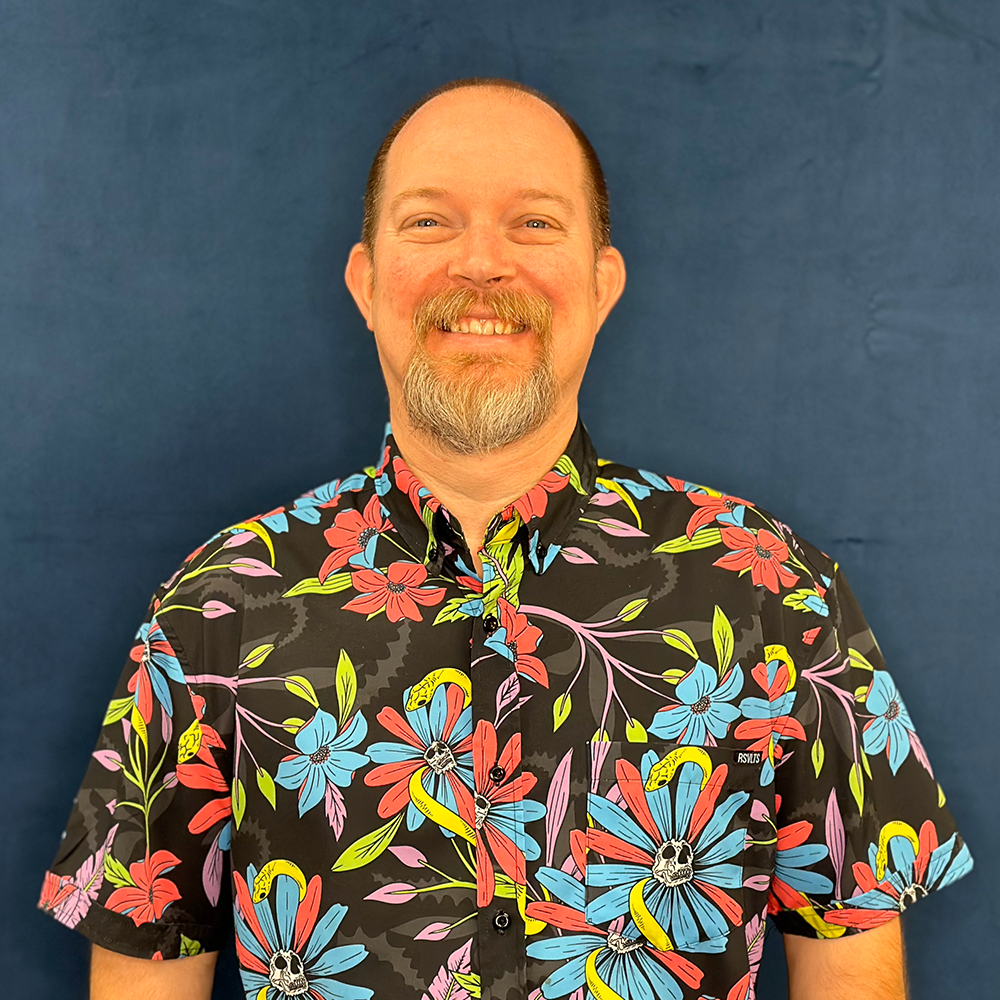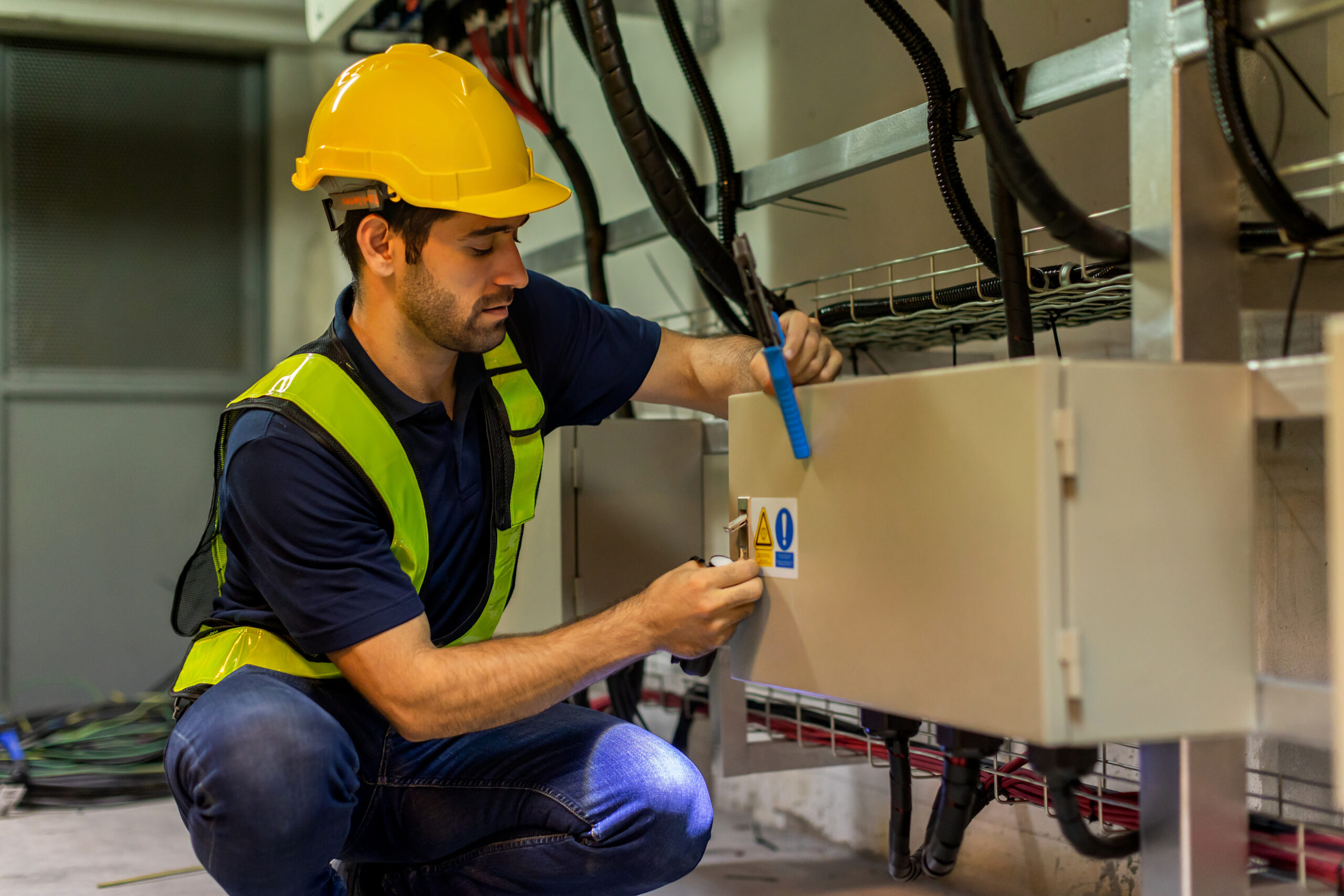Reflections from Orlando: Connection and Computation Forge the Future of Safety at ASSP Safety 2025 (Chris Salemink, MSP, NASP attendee)


Over the course of the three-day event, a consistent message emerged: OSH professionals are now expected to balance two key responsibilities—strengthening human connections in the workplace and adapting to rapidly advancing technology. Rather than treating these as separate initiatives, the conference highlighted the need for an integrated approach. We saw how new technologies can streamline processes and reduce complexity, freeing professionals to focus on trust, psychological safety, and leadership. As ASSP President Pam Walaski stated, the goal is to find “real solutions to safety challenges, especially today when environments can quickly change.” This report summarizes the key points and takeaways from the event.
Human-Centered Focus: General Sessions Set the Tone
The main sessions were designed to shift the conversation from traditional safety tools and compliance to people-focused strategies. Speakers emphasized the importance of understanding employees’ mental and emotional well-being as part of building a safer workplace. Psychosocial risks were presented not as secondary concerns, but as primary factors that influence physical safety outcomes.
Opening Keynote: Building Trust with Shasta Nelson
The conference began with keynote speaker Shasta Nelson, author of The Business of Friendship. Her talk, “Building High-Trust Relationships,” focused on the value of connection and trust in the workplace. Rather than highlighting a new regulation or standard, the session addressed the human side of safety—framing it as a critical element of operational performance.

Nelson emphasized that trust and connection are no longer “soft skills,” but essential components of an effective safety culture. Drawing from her work with organizations like Google and LinkedIn, she shared practical strategies for building stronger relationships at work. Her message was clear: even the most advanced safety systems can fall short in low-trust environments. Building strong, supportive teams is key to sustainable safety performance.
Closing with Community – The Liz Bohannon Keynote
The final general session featured entrepreneur and author Liz Bohannon, who expanded on the conference’s themes of trust and well-being. Drawing from her Community Quotient™ framework, she emphasized the value of creating workplace cultures rooted in authentic, relationship-driven connections. Her message focused on the idea that community at work doesn’t happen by chance, it must be intentionally built.

Bohannon’s keynote tied together the event’s central message. The progression of sessions moved from building individual trust (as discussed by Shasta Nelson), to supporting employee mental health and ultimately to the leader’s role in creating a strong, inclusive workplace culture. This shift reflects a broader expectation for safety professionals: to move beyond managing physical risk and begin fostering psychologically safe environments. Doing so requires developing skills in communication, empathy, and emotional intelligence—topics that were echoed in many of the week’s breakout sessions.
As I waited for my flight at the airport, I felt reenergized and more optimistic about the future of our profession. I spoke with several other safety professionals who attended the conference, and despite the inconvenience of our delayed flight and missed connections, the conversations remained positive. We reflected on the event, shared insights, and built new professional relationships.
The key takeaway is that technology and human connection are not at odds—they work best together. The future of safety depends on our ability to integrate both. We must be as comfortable addressing psychological safety as we are with technical safety standards, and as skilled in using AI tools as we are in leading teams with empathy. Technology can streamline routine tasks, allowing us to focus on what truly matters: building trust, mentoring others, and fostering a workplace where everyone feels safe, heard, and valued.

Blog Posts
Latest Posts
Related Posts




